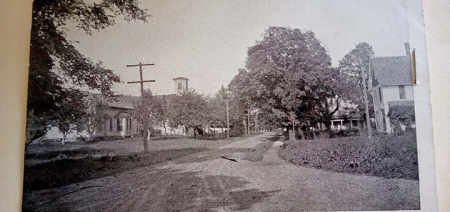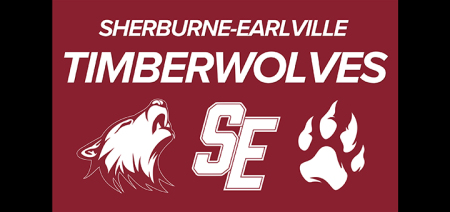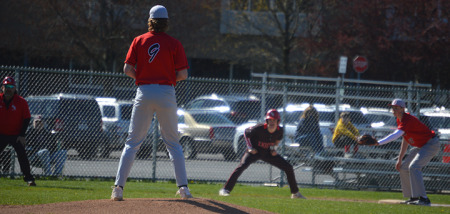Summer Food Pots
Published:
May 26th, 2021
By:
Eric Davis
 Sun Outdoor Columnist Eric Davis
Sun Outdoor Columnist Eric Davis
The end of turkey season is just days away, afterwards the focus will turn to the fall and deer season for most hunters. Some hunters can manage the property on which they hunt. One of the most popular land management techniques today is food plots. Food plots come in a variety of sizes and there is a wide range of plants that are grown.
Summer plots are planted in the spring, or even in the previous year if a perennial plant. The main goal of summer food plots is to provide deer with proteins needed for antler growth for bucks, and healthy milk production for does. Probably the most common summer plot is clover. Since clover is a perennial plant, once it is planted, the food plot will be there for multiple years with only a small amount of maintenance required by the landowner. Alfalfa is another good option, especially since the roots of alfalfa help put nitrogen back into the soil. After a year or two, you can switch to another plant without having to do as much soil amendment.
The king of large food plots, especially in the Midwest, is the soybean. Soybean plants provided over 20 percent crude protein, exactly what you want for optimum antler growth. The forage varieties of soybean are preferred for food plot applications over the grain varieties. Be advised that deer love soybean plants so if you plant a small plot (less than a few acres), they will likely devour the young shoots before they can get big and will be a huge waste of money. If the plot can survive the summer grazing, beans that are left standing can draw in deer later in the fall when cold temperatures hit.
Another common agricultural crop that gets used for food plots is corn. While it does not necessarily provide much nutritional value to the deer in the summer, in the fall and winter it can be a big draw. The carbohydrates in corn helps deer put on fat to get though the long winter. Corn that is left standing provides cover and ears are often above most levels of snow accumulation. This can help deer and other animals get through deep snow. Due to the length of time required for the plant to mature (often around 100 days), corn must be planted in the spring to make sure the ears are fully grown for the fall.
To help a plot get started correctly without overgrazing, you can fence off the plot to keep the deer out until the plants are big enough to handle some grazing.
Another way to help ensure a food plot does not get devoured too soon is to plant a “sacrificial” food plot. This plot helps spread out the grazing focus of the deer herd so your expensive clover plot can get established. I know a vegetable farmer who plants a pea and oat mix specifically to feed the deer, so they do not come feed on his vegetable plants.
As with any gardening or crop work, a soil test should be conducted before doing any work so that you know what the soil needs to make it the optimal place for your food plot to thrive. The investment it takes to plant acres of food plots, a $15 soil test can keep you from wasting money on seed that won’t grow.
Author: Eric Davis - More From This Author
Comments










